Search Images
Browse Content (p. 303)
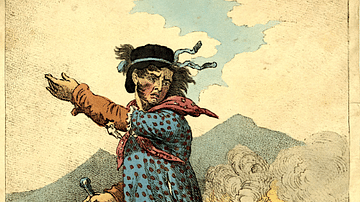
Image
Ned Ludd
An 1812 illustration showing the mysterious Ned Ludd, leader of the machine-smashing Luddites in early-19th century Britain.
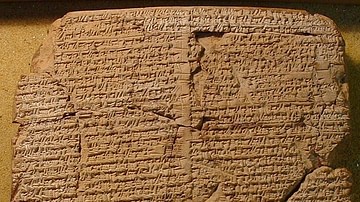
Image
Udug-ḫul Tablet 11
Udug-ḫul (Evil Demon) Tablet 11, Late Babylonian period, modern-day Iraq.
The British Museum, London.
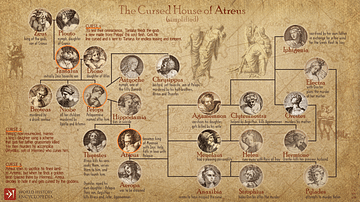
Image
The Cursed House of Atreus
An illustration of the entangled family line of the House of Atreus from Greek mythology, which featured promptly amongst the ancient Greek Tragedies. The cursed House of Atreus is one of the most prominent examples of the concept of miasma...
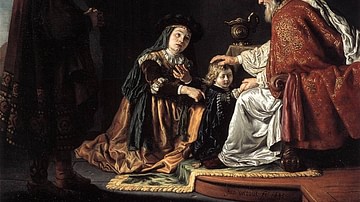
Image
Hannah Giving Her Son Samuel to the Priest
Hannah Giving Her Son Samuel to the Priest, oil on canvas by Jan Victors, 1645.
Berlin State Museums.

Image
Power Looms in a Textile Mill
An 1835 engraving by J. Tingle (from an illustration by T. Allom) of power looms in a textile mill during the Industrial Revolution. The power loom weaving machine was invented by Edmund Cartwright (1743-1823) in 1785. The machine doubled...
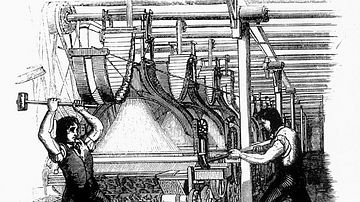
Image
Luddites Smashing Textile Machines
An illustration of Luddites smashing textile machines. The Luddite movement (from 1812) included skilled textile workers who had lost their jobs in the increasingly mechanized textile industry during the Industrial Revolution.
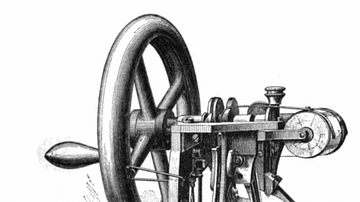
Image
Howe's Sewing Machine
An illustration of the lockstitch sewing machine, invented in 1844 by Elias Howe (1819-1867) in Cambridge, USA. The machine made much stronger fabrics than previously as the stitches did not unravel if the thread broke. The secret was the...
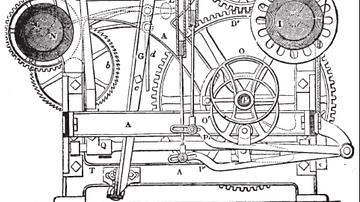
Image
Diagram of a Roberts Loom
A diagram showing a cross-section of a cast-iron loom powered by steam as invented by Richard Roberts (1789-1864) in 1822. The diagram illustrates the importance of clock-working engineering in textile mechanization. From R. Marsden's 1892...
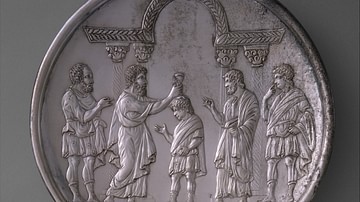
Image
David Anointed by Samuel
Samuel anointing David, Byzantine silver plate, made in Constantinople, 629-630.
Metropolitan Museum of Art, New York.

Image
Samuel Relating to Eli the Judgements of God upon Eli's House
Samuel Relating to Eli the Judgements of God upon Eli's House, oil on canvas by John Singleton Copley, 1780.
Wadsworth Atheneum Museum of Art, Hartford, Connecticut.